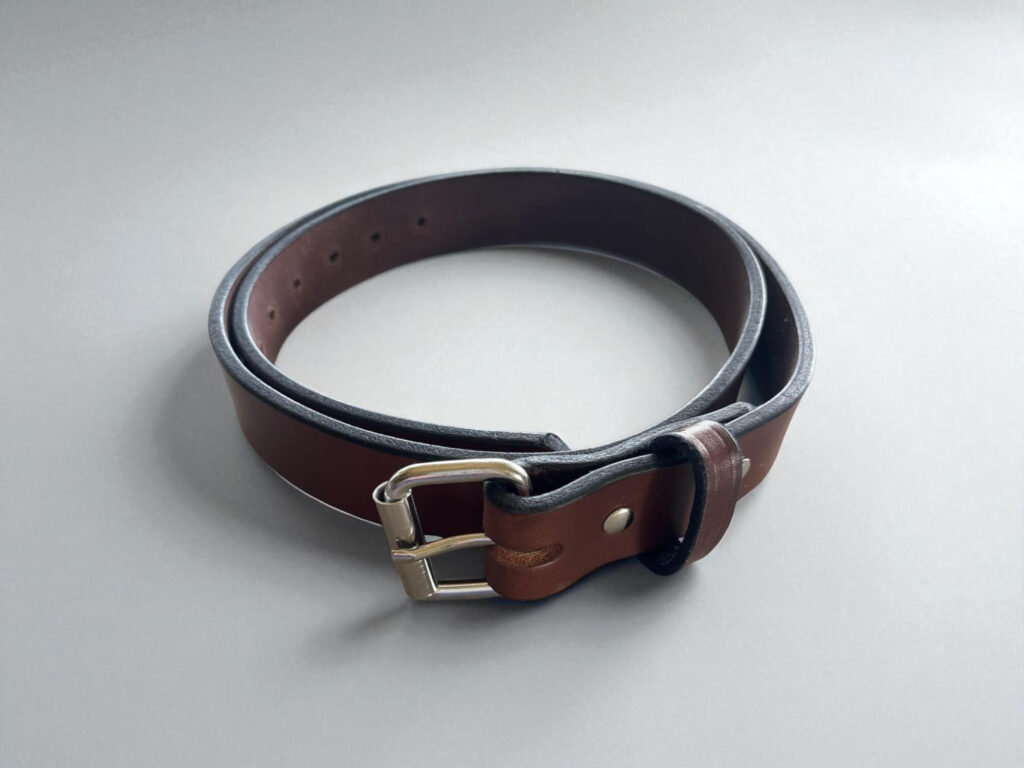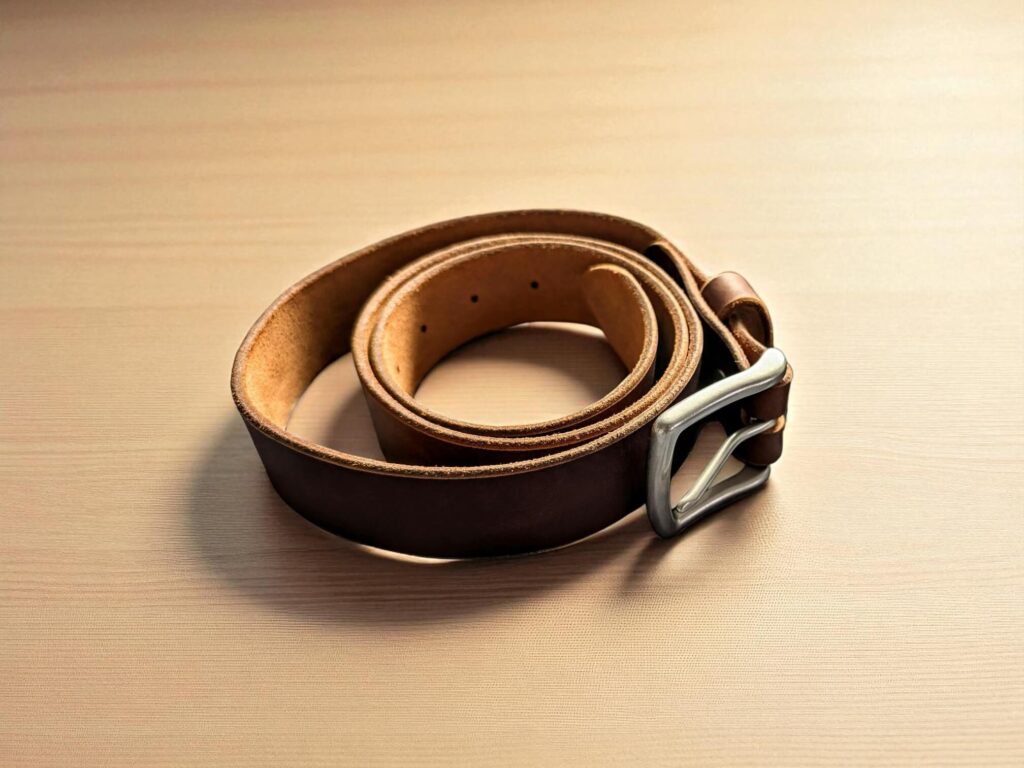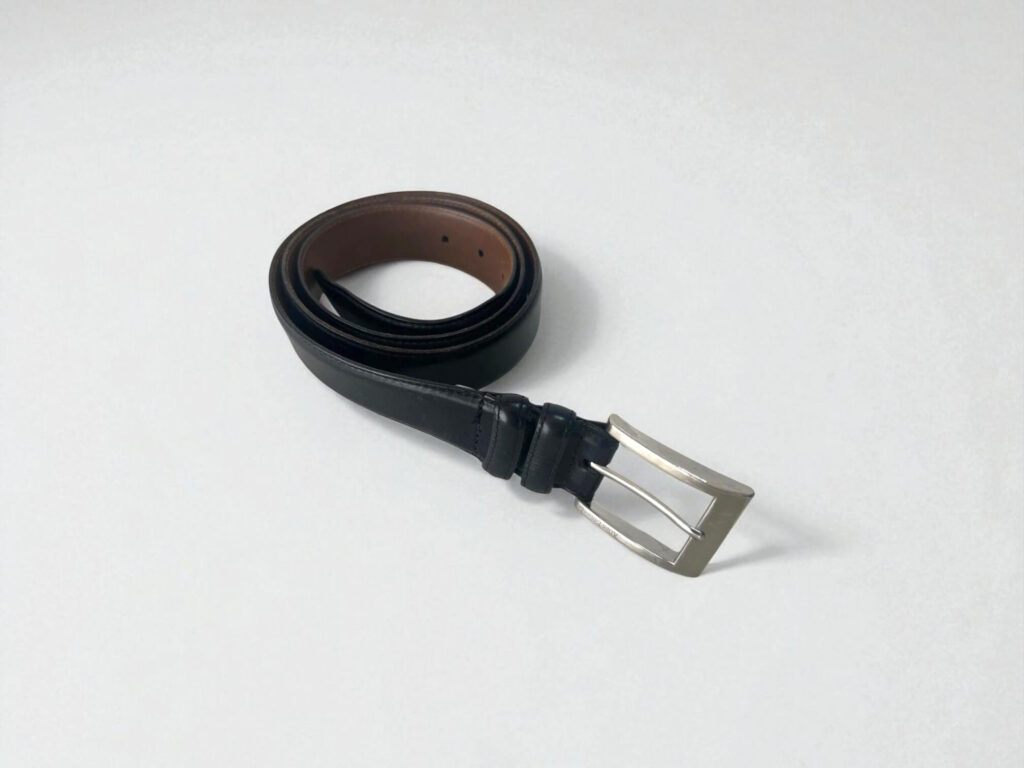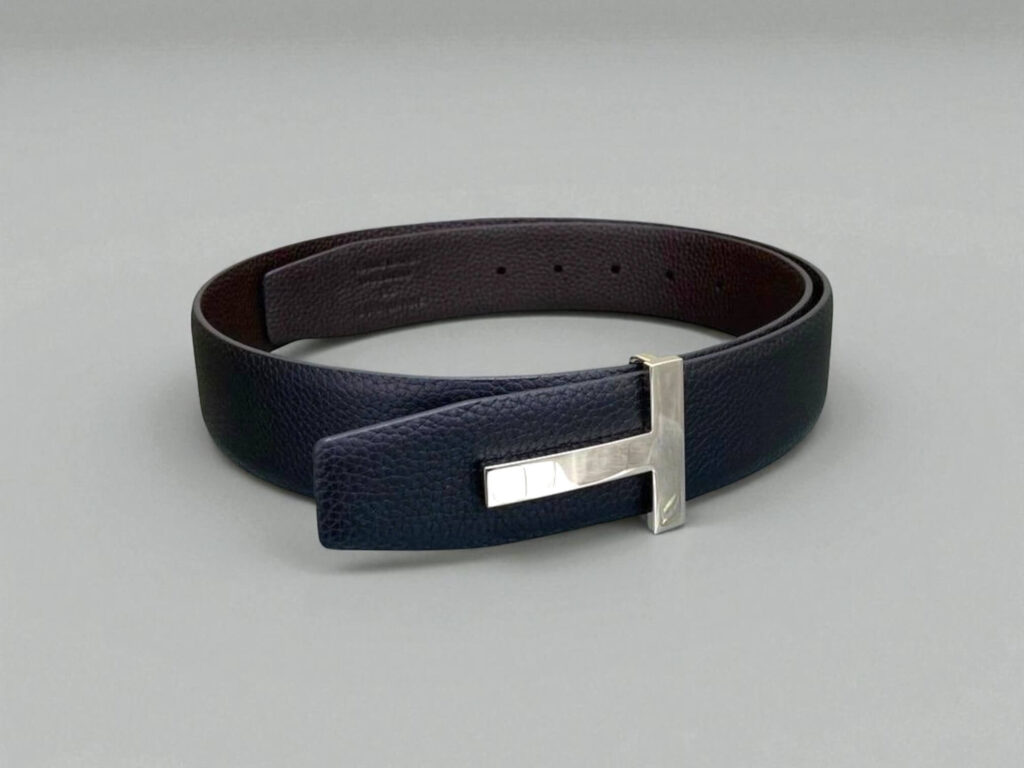Best Leather Belts for Men in 2025: Expert Reviews
You know that one accessory that somehow pulls your entire outfit together without making a big deal about it? Yeah, we’re talking about the leather belt. It’s not just a way to keep your pants from falling—it’s a subtle sign of style, quality, and attention to detail. Whether you’re heading to a business meeting, a casual brunch, or a black-tie event, the right leather belt speaks volumes. And in 2025, there are more premium options than ever.
So, if you’re tired of belts that crack, stretch, or just don’t look right, you’re in the right place. This guide will walk you through the best leather belts for men in 2025—belts that are worth every penny, look great, and actually last.
Contents
📦 Found This Gem Today
JUKMO Reversible Ratchet Belt – Finally, One Belt That Does It All
Tired of belts that never fit quite right? This clever ratchet system clicks into the perfect spot every time. Plus it's reversible – so you're basically getting two belts for the price of one.
⭐ 4.7/5 stars – 60+ happy customers
Just $19.98 (seriously good deal)
👉 Check It OutWhat Makes a Leather Belt “The Best”?
Before going into our top picks, let’s get one thing straight: not all leather belts are created equal. You don’t need a fashion degree to recognize quality, but a few key things separate the best from the rest:
- Full-grain leather: The highest-quality leather money can buy. It’s durable, ages well, and looks even better over time.
- Stitching and hardware: Strong stitching and solid metal buckles are signs of craftsmanship.
- Fit and versatility: A great belt should complement different outfits and body types.
- Brand reputation: Trusted brands consistently deliver high-quality products.
If your current belt has a peeling surface or squeaky buckle, it might be time for an upgrade.
Our Top 5 Best Leather Belts for Men in 2025
1. Best Overall: Hanks Belts The Gunner
Price: $89-$109
Why it wins: Combines American craftsmanship with practical design and an unbeatable warranty.
Hanks Belts offers leather belts made in the USA using high-quality leather made to never crack, split, break, or peel apart, backed by their famous 100-Year Warranty. The Gunner model uses 13-14 oz full-grain leather substantially thicker than most competitors, with nickel‑free stainless steel hardware.

Real-world testing shows this belt handles daily wear without stretching or cracking. The leather develops a rich patina over months of use while maintaining its structural integrity. At under $110, it delivers premium construction without luxury pricing.
Who should buy it: Men wanting maximum durability without paying luxury prices. Perfect for daily wear with jeans, chinos, or casual dress pants.
Trade-offs: Limited color options compared to fashion brands. The thick leather needs a break-in period.
2. Best Budget Premium: Popov Leather English Tan Belt
Price: $70-$100
Why it punches above its weight: Uses the same leather as high-end equestrian gear.
Popov Leather belts are heritage quality and guaranteed for life, with customers reporting belts lasting years when others split and lose shape within a year or two. The English Tan leather comes from traditional tanneries and improves dramatically with age and use.

The construction matches belts costing twice as much. Burnished edges, solid brass buckles, and careful attention to details like edge beveling create a belt that looks expensive because it’s built right, not because it carries a designer label.
Perfect for: Men stepping up from department store belts who want to see what quality feels like without spending $200+.
What you sacrifice: Limited style variations. The focus stays on construction over fashion-forward designs.
3. Best for Business: Allen Edmonds Wide Basic Belt
Price: $125-$145
Professional credibility: Matches Allen Edmonds dress shoes perfectly.
This belt handles the business world’s demands: conservative styling, consistent quality, and the ability to look sharp after months of daily wear. The calfskin leather holds its shape and color even with frequent belt changes throughout the day.

Available in multiple colors, it works with everything from charcoal suits to navy blazers. The hardware stays polished without constant maintenance, and the 35mm width fits standard dress belt loops perfectly.
Ideal for: Business professionals who need reliable, conservative styling. Especially valuable if you already own Allen Edmonds shoes.
Limitations: Conservative styling won’t work for casual wear. Premium pricing reflects the brand name as much as construction quality.
4. Best Casual: Main Street Forge The Bootlegger
Price: $45-$60
Casual versatility: Works with everything from jeans to khakis.
The Main Street Forge Bootlegger pulls casual outfits together nicely and is built with high-quality materials, including thick, full-grain leather and a black buckle. The relaxed styling and quality construction create the perfect weekend belt.
The leather’s natural grain and hand-finished edges give it character from day one. Unlike many casual belts that look cheap or overly distressed, the Bootlegger achieves authentic, worn-in appeal through genuine craftsmanship.
Best for: Weekend wear, casual Fridays, and situations where you want quality without formality.
Consider: Limited professional applications. The casual styling doesn’t translate well to business settings.
5. Best Luxury: Tom Ford T-Buckle Belt
Price: $750-$850
When to splurge: Special occasions and when the belt becomes part of your signature style.
Tom Ford belts justify their premium pricing through exceptional leather quality and distinctive design elements. The T-buckle creates instant recognition, while the Italian leather develops a luxurious patina that improves over the years of wear.

This isn’t just expensive—it’s genuinely better. The leather quality, hardware precision, and construction details exceed most competitors. But you’re also paying for the Tom Ford name and the confidence that comes with wearing something unmistakably premium.
Perfect for: Special occasions, client meetings where details matter, or when you want one exceptional belt rather than several good ones.
Reality check: The luxury premium is real. Similar construction costs half as much from less famous brands.
How to Choose the Right Leather Belt
Size and Fit Guidelines
Most men buy belts wrong. Your belt size should be two inches larger than your pant waist size, not the same. If you wear 34″ pants, order a 36″ belt. This accounts for the belt’s thickness and the distance around your waist when wearing pants.
Measure correctly by wrapping a tape measure around your waist where you actually wear your belt—usually just above your hip bones, not at your natural waist. Add 2″ to this measurement for your belt size order.
Common sizing mistakes to avoid:
- Using your pants size as your belt size
- Measuring over clothes instead of against your body
- Forgetting that leather stretches over time
- Buying belts too long and creating excessive tail length
The belt should fasten comfortably in the middle hole, leaving about 4-6 inches of tail after the buckle. Too much excess length looks sloppy and interferes with movement. Too little suggests the belt might become too tight as the leather relaxes.
Color and Style Matching
The old “match your belt to your shoes” rule still applies, but it’s more flexible than fashion police would have you believe. Dark brown belts work with brown, burgundy, and most tan shoes. Black belts pair with black shoes and work in conservative business settings.
Building a versatile collection:
- Start with dark brown – works with 80% of casual and business casual outfits
- Add black – essential for suits and formal wear
- Consider cognac/tan – bridges casual and dressy, works with many shoe colors
- Skip novelty colors – burgundy, navy, or green belts limit outfit options
When to break traditional rules: Casual settings allow more flexibility. Your belt doesn’t need to exactly match your sneakers or boat shoes. Focus on complementing your overall outfit rather than precise matching.
For business environments, stay conservative. Black or dark brown leather belts with minimal branding work in virtually any professional setting. Save statement buckles and unique textures for casual wear.
Frequently Asked Questions About Leather Belts
How long should a quality leather belt last?
A well-made full-grain leather belt with proper care should last 10-20 years of regular wear. Many users report Popov belts lasting years, while others split and lose shape within a year or two. The leather actually improves with age, developing character and patina.
Can you repair a broken leather belt?
Minor damage, like loose stitching or small scratches, can often be repaired at home or by a leather specialist. However, cracked or split leather usually means the belt has reached the end of its useful life. Quality belts rarely fail catastrophically—they show wear gradually.
What’s the difference between $50 and $200 leather belts?
The $50 belt likely uses top-grain or corrected-grain leather with basic construction. The $200 belt should feature full-grain leather, hand-finished details, and superior hardware. However, diminishing returns set in above $150—you’re often paying for brand prestige rather than proportionally better materials.
How many leather belts does a man really need?
Two quality leather belts handle most situations: one brown, one black. Add a third of cognac or tan for more versatility. Three well-chosen belts rotated properly will serve better than a dozen cheap ones.
Are reversible leather belts worth it?
Reversible leather belts seem practical, but they compromise durability. The mechanism that allows flipping adds failure points, and you can’t condition both sides properly. Two separate belts cost more initially but last longer and look better. For more information, check out our complete guide on reversible belts to determine if they are right for you.
Final Thoughts: Your Next Belt Decision
The best leather belts for men in 2025 share common characteristics: full-grain leather construction, quality hardware, and attention to detail that shows in daily use. Whether you spend $100 on a Hank’s Gunner or $800 on a Tom Ford, focus on construction quality over brand recognition.
Start with one excellent belt rather than three mediocre ones. A dark brown full-grain leather belt with solid brass hardware handles most casual and business casual situations while developing character over the years of wear.
Leather belts are tools, not just accessories. They support weight, flex constantly, and represent your attention to detail. Investing in quality pays off through years of reliable service and the confidence that comes from knowing your belt won’t fail when it matters most.

